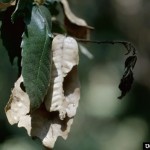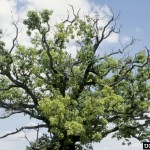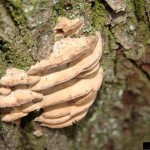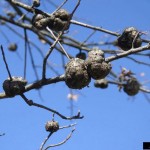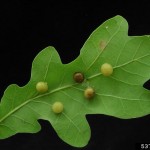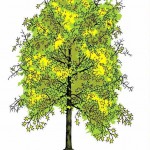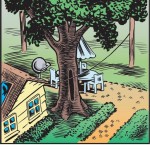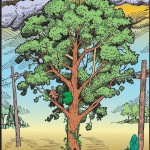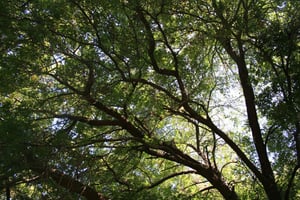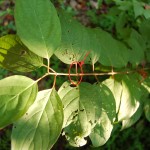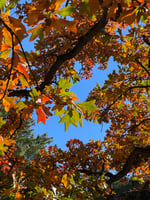Being summer, shade is on many people’s minds, especially shade trees. Large mature oaks cast...
Signs of Concern for Your Tree
Trees express symptoms of illness similar to the way humans do. In order to protect your tree, and others in your area, it is important to be vigilant in maintaining tree health.
Symptoms are the ways your tree deals with an illness or issue. Signs are direct indications of an illness or pest (or something left behind by it).
A tree in poor health may be more susceptible to storm damage and thus damage to your property!
Contact a professional arborist if you notice any of these signs or symptoms:
- Dieback of leaves and twigs on large sections of tree
- Yellowing of normally green leaves
- Rotting of wood tissue
- Galls (swollen plant tissue or irregular growths)
- Sap or gum is being excreted from wounds or other openings
- Dead areas on leaves
- Powdery mildew (white or grayish fungal growth on the surface of leaves)
- Rust (orange or reddish bumps on leaves or fruit)
- Abnormally small growth
- Drooping of leaves or shoots
- Witch’s broom (abnormal development of many secondary shoots)
Any of these issues warrant an analysis of your tree. Simply noting that one of these is occurring will not necessarily tell you or a professional what is wrong with your tree. Evaluating a tree’s health is done by assessing many factors.
Signs are indications of living agents. These can include fungi, bacteria, insects and more. Some species are more likely to be harmed by a disease, and some trees are in direct danger of specific pests.
Diseases/Pests affecting the St. Louis Region:
- Emerald Ash Borer, This pest has devastated Ash trees in the eastern United States, and has recently spread to St. Louis. If you have an ash tree, it is in immediate danger of this pest. Find out more here.
- Dutch Elm disease, A fungus being spread by a beetle. Not all Elm trees die due to the disease, but may lose limbs.
- Oak Wilt, Fungus which invades the tissue of oak trees causing eventual mortality.
- Avoid this disease by not pruning oaks between Mid March through June. Learn more about this disease from the Missouri Department of Conservation publication found here.
Nonliving causes of decline in your trees include environmental problems like too much or too little water, extreme temperatures, mechanical injury, soil conditions (compaction or pH levels), and many more.

